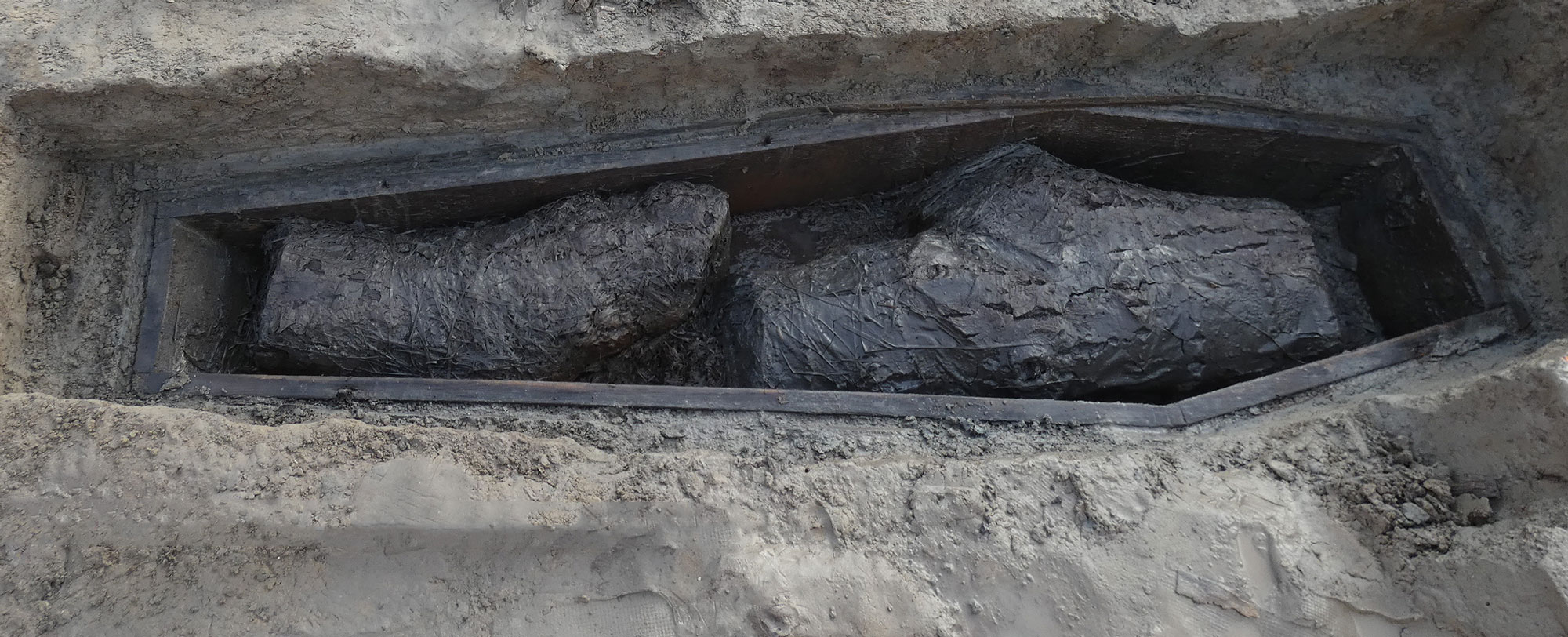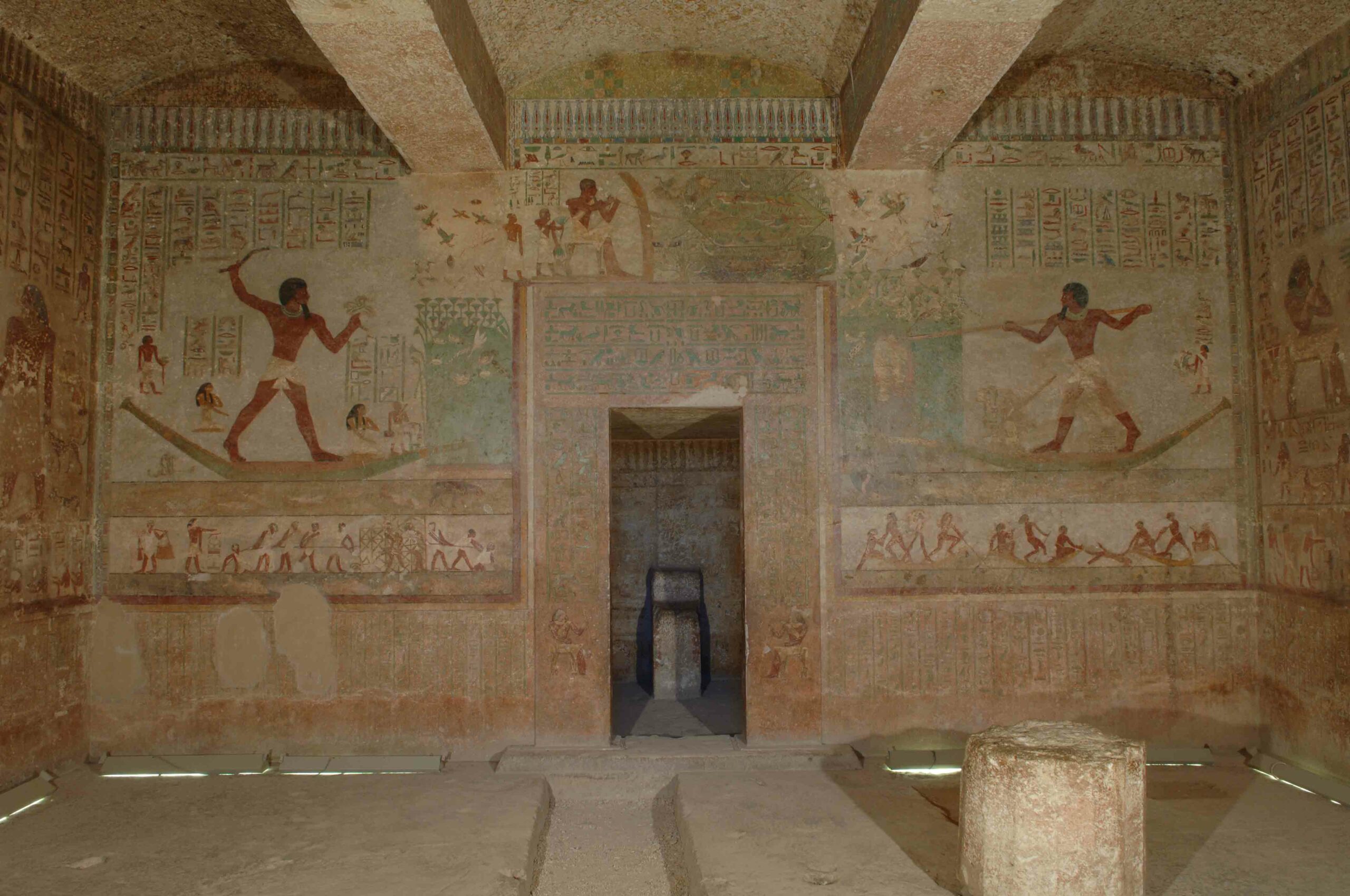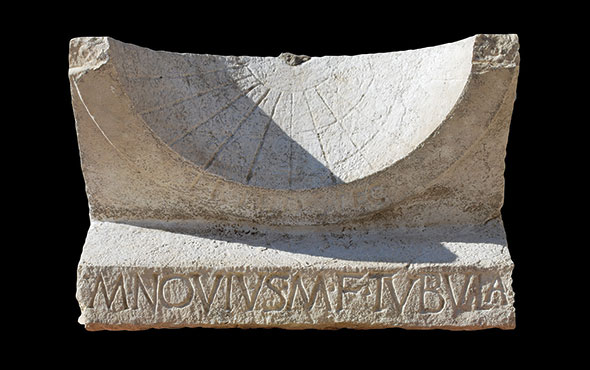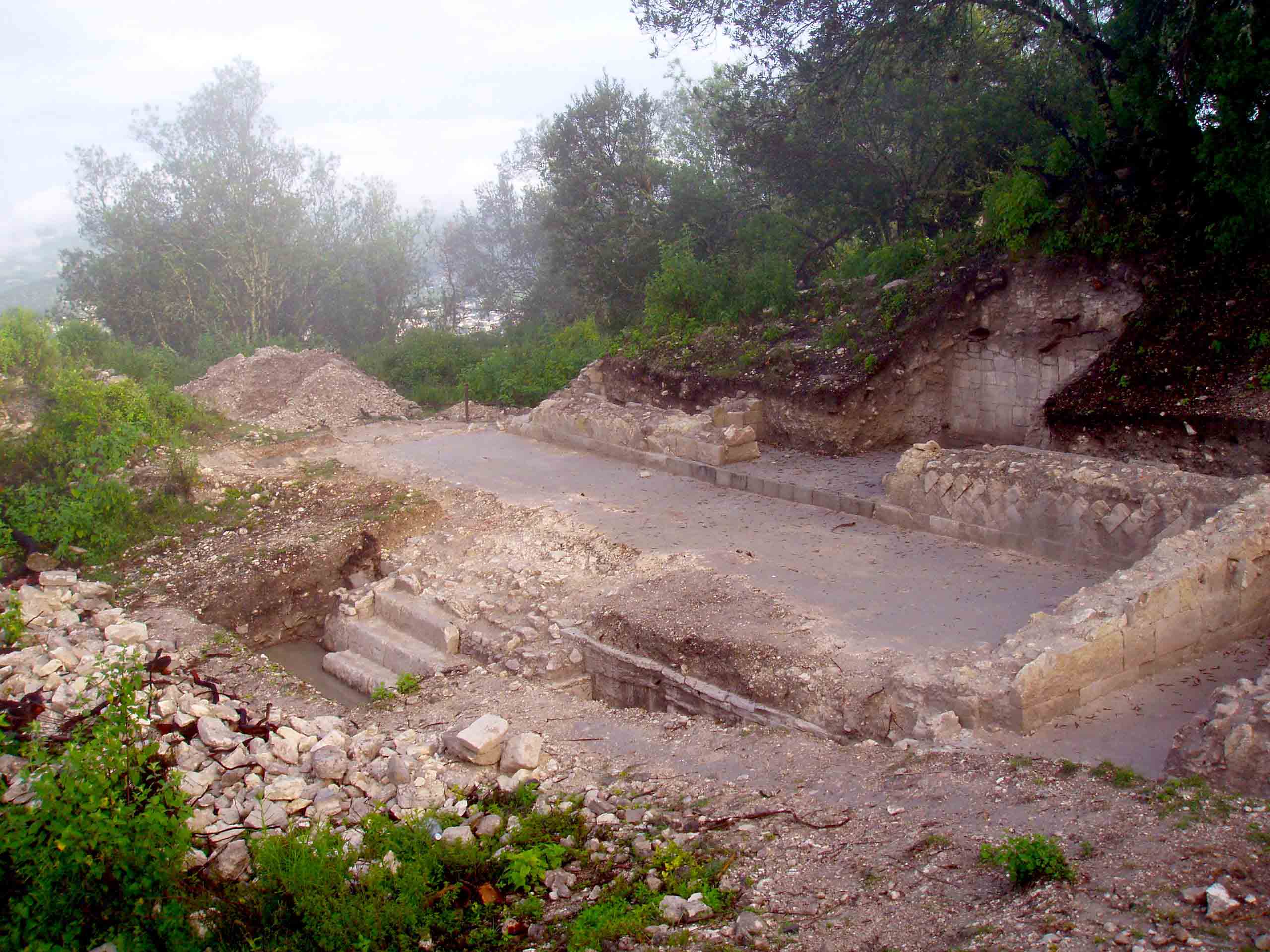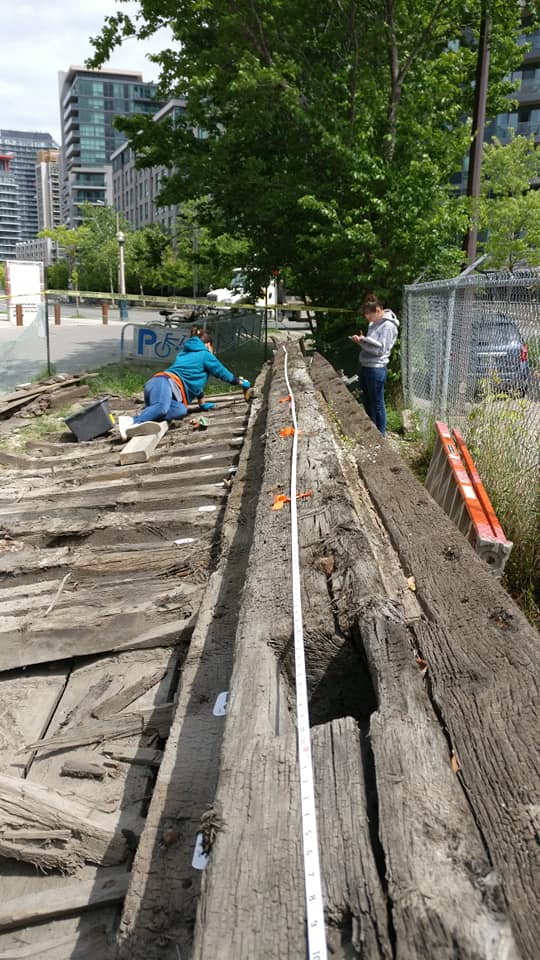
TORONTO, CANADA—CBC News reports that nautical archaeologists from Texas A&M University are examining the wreckage of an early nineteenth-century Lake Ontario schooner unearthed at a construction site in downtown Toronto. Only the ship’s keel, the lower portions of the stern and bow, and a small section of the hull on the port side have survived. Measuring about 50 feet long, the ship is thought to have been used to carry goods across Lake Ontario. Team leader Carolyn Kennedy said the ship had been patched and modified, but it is not yet clear why. Kennedy's investigation should offer insight into how the sailors lived and what cargo they had on board. “They would have carried all that cargo to the settlers who were coming to the city of York, to the city of Toronto, who would really have needed a lot of supplies because there would have been a lot of wilderness out here,” she said. More than 1,000 artifacts, including an American penny, a rivet hammer, chisels, a soup ladle, a fork, dishes, a clay tobacco pipe, a clasp knife, and a tin cup were recovered along with the wreckage. To read in-depth about the discovery of a famed nineteenth-century shipwreck in Canada's Arctic, go to “Franklin’s Last Voyage.”



